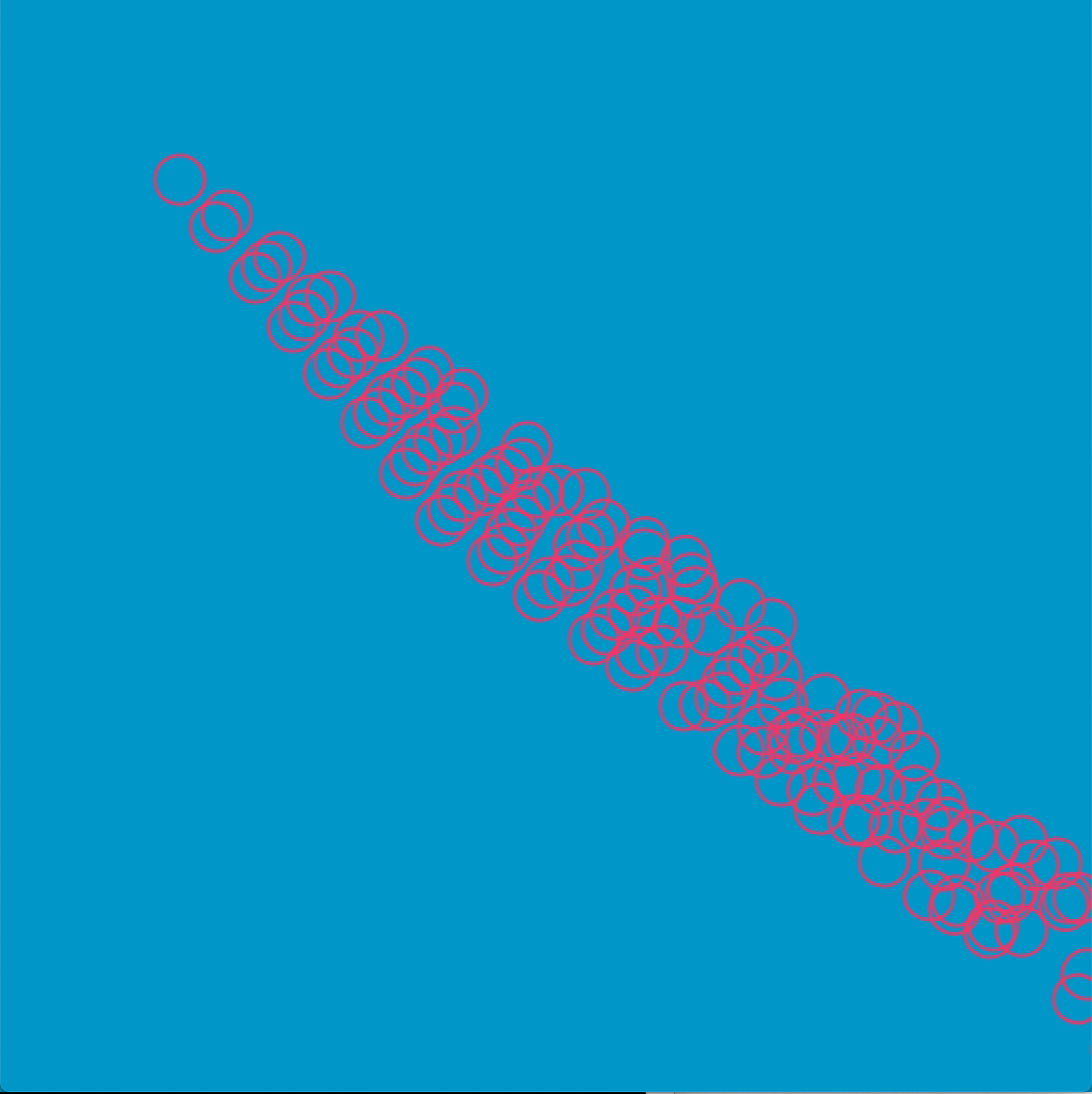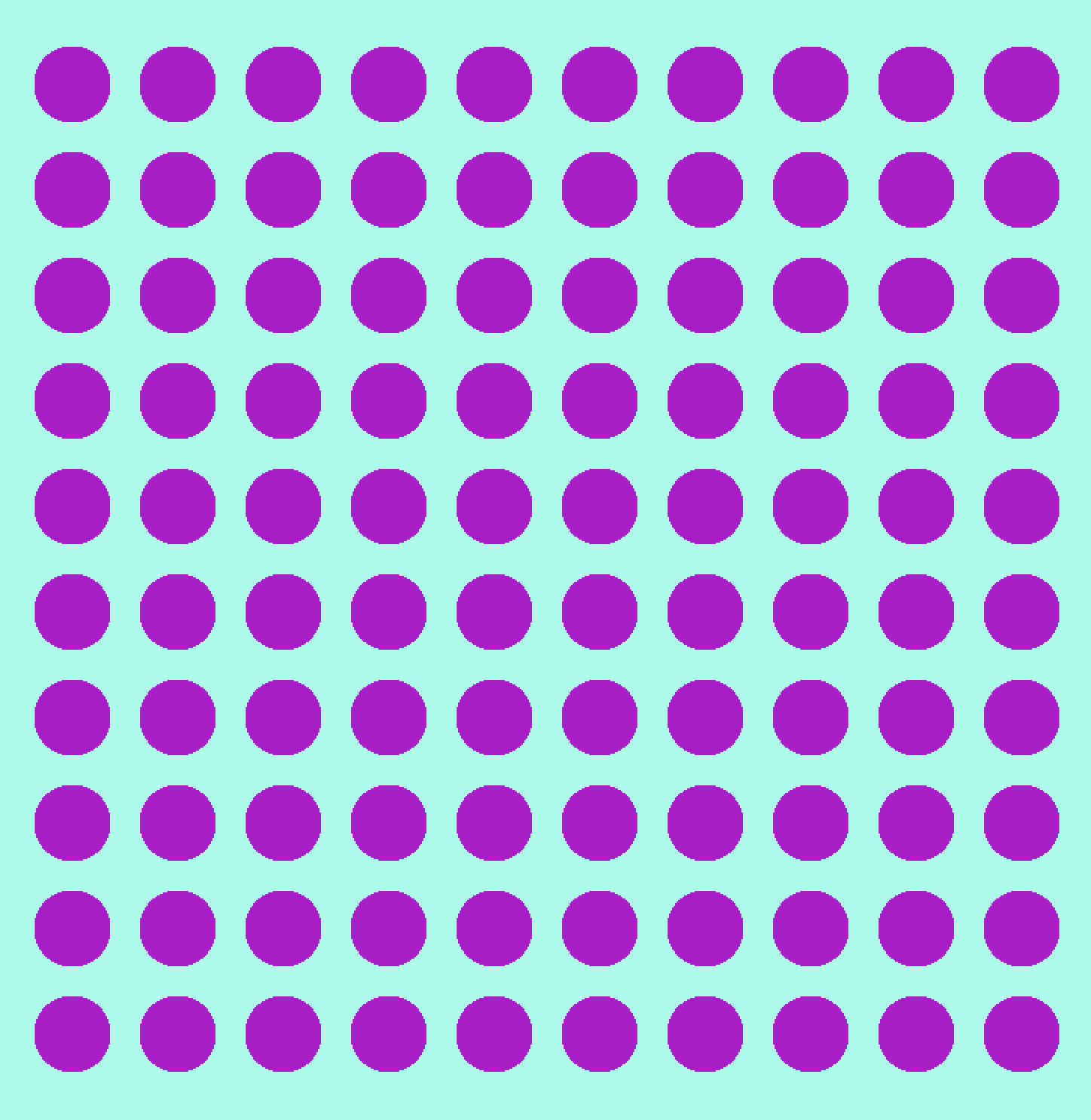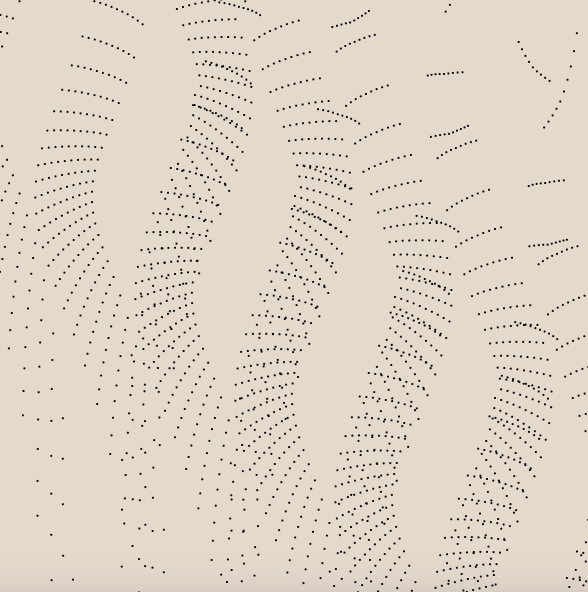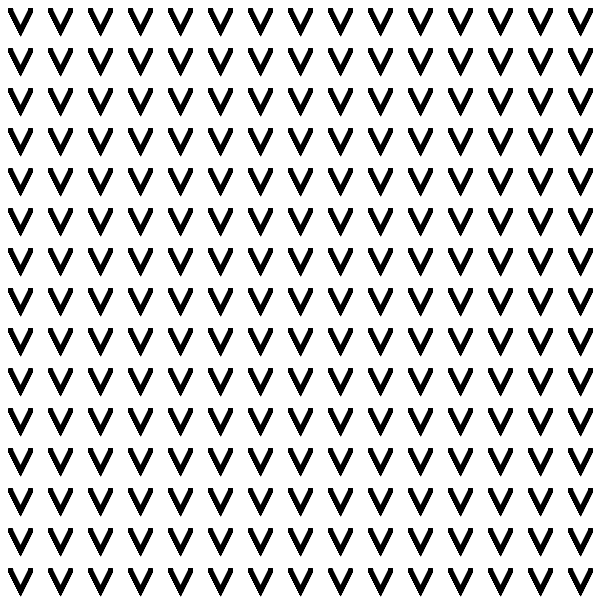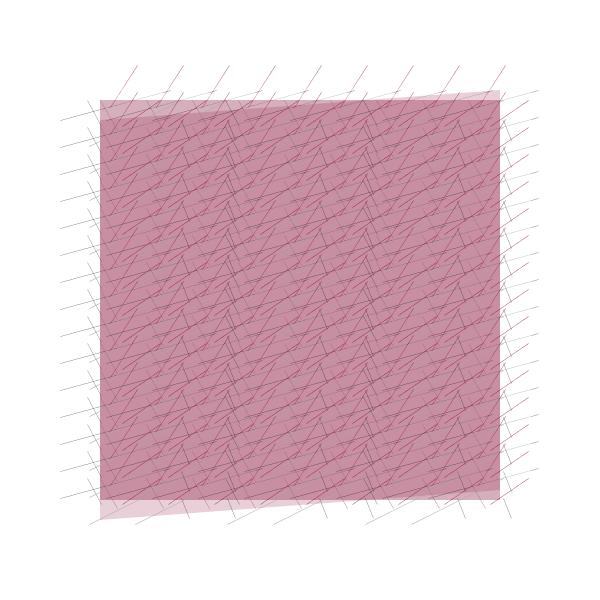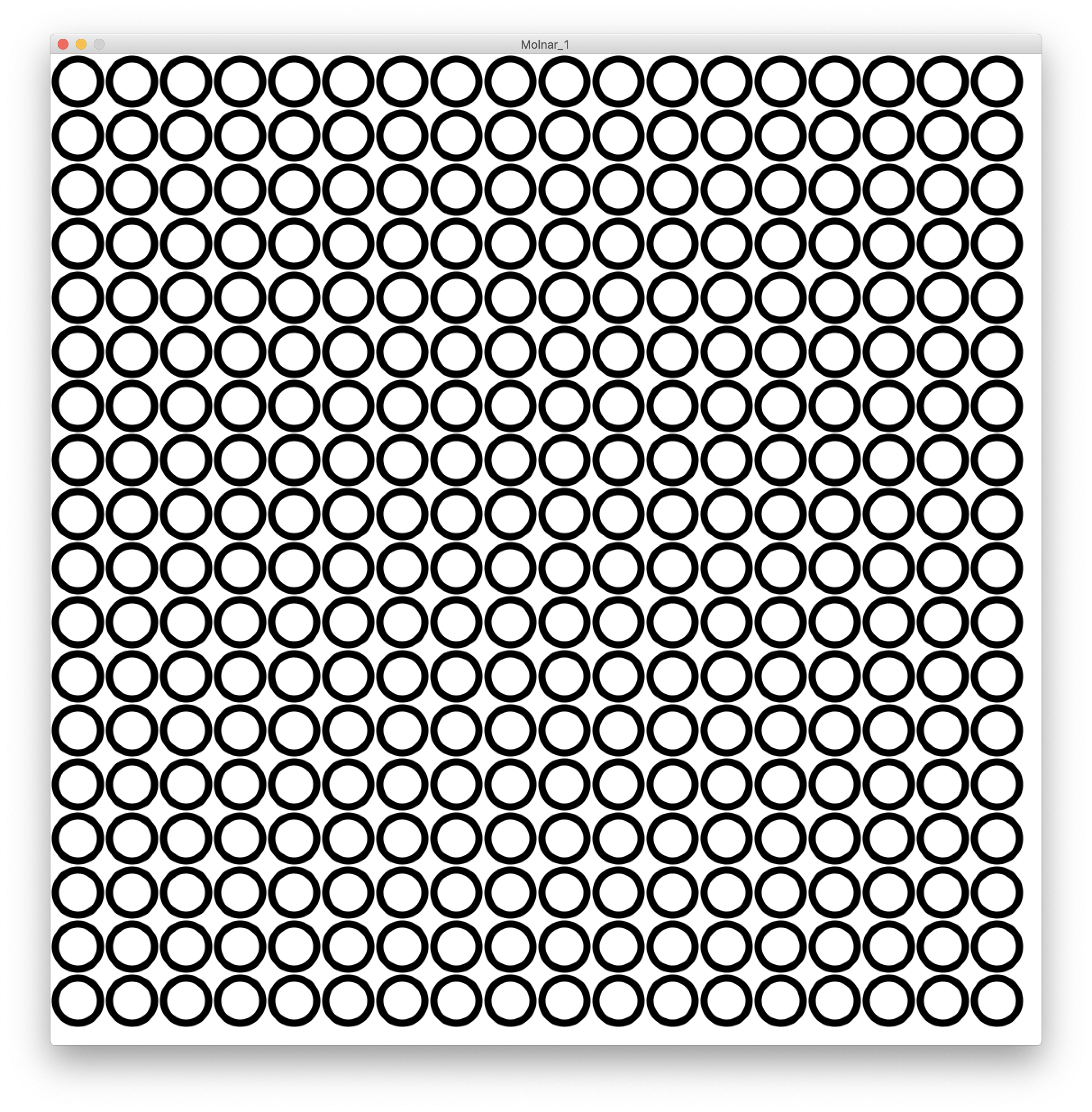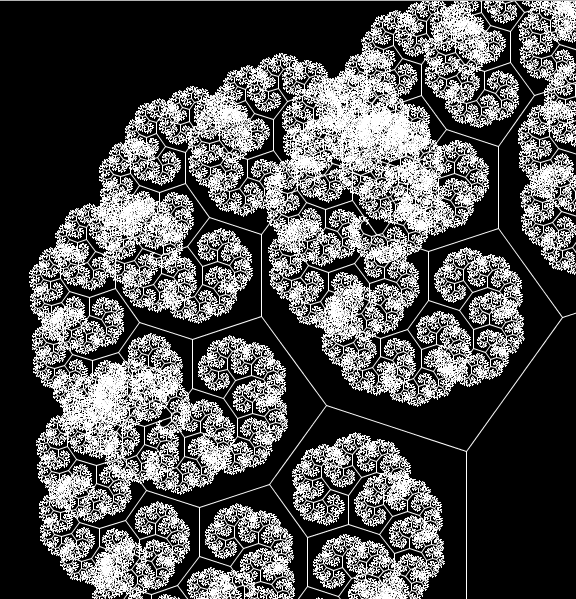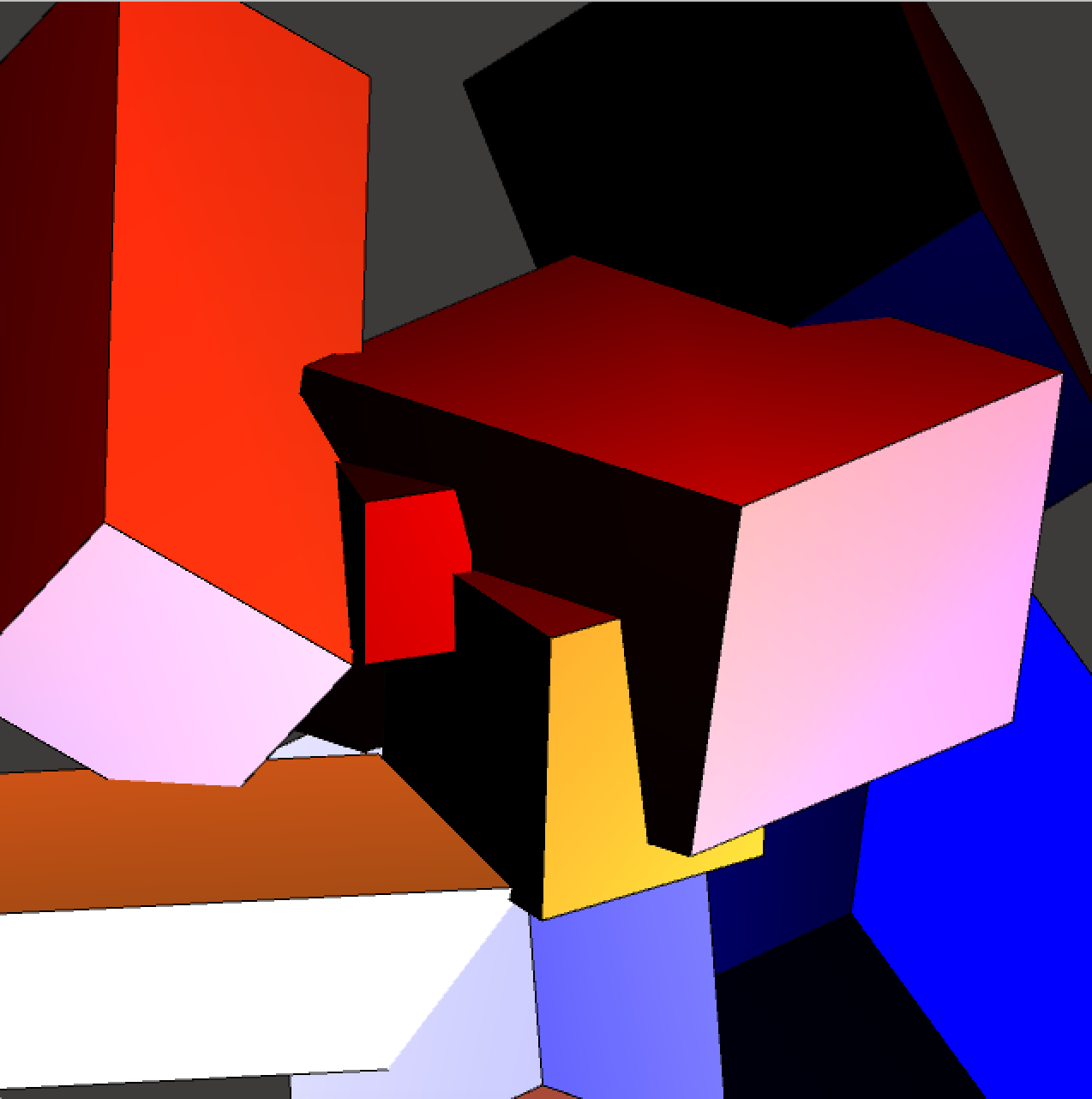Categories
Art from Code
Art from Code: A Response to George Nees
Modern generative graphic designer Georg Nees was a pioneer of computer art. One of Nees’ signature pieces is the Schotter (gravel in german). In this series he uses patterns, randomization, distruption and chaos to create a series of compelling digital…
Art from Code: A Response to Georg Nees
Generative Art has its first exhibition on February 4th, 1965. It held by Max Bense, professor at the University of Stuttgart, and Georg Nees, a mathematician who interested in art. As a pioneer of generative digital art, Nees has his…
Art from Code: A Response to Georg Nees
For my responses to Georg Nees, I took the ideas behind his work “Gravel” and incorporated them in my responses. The idea behind “Gravel” are the disruption of a formal pattern. Nees also enjoyed the idea of variation within a…
Art From Code: A Response to Georg Nees
Georg Nees, credited as a pioneer of computer-generated artwork, is renowned for his generative, stochastic style of using computers to create works of art. Through his method, Nees would first create a formal structure that was very concrete. By gradually…
Art From Code: A Response to Georg Nees
For the first version of this assignment I began with a single circle which then loop into randomness. It transitions from order to disorder. I did this by creating a number of integers and variables to define columns, rows, cell…
Art From Code: A Response to Georg Nees
For my response to Georg Nees I did three separate instances of a pattern showing random progression. By doing this I was able to experiment with three different formal patterns but lost some experience by not sticking with one pattern…
Art from Code: A Response to Vera Molńar
Molnar’s work focuses on the breakup of repeating units, mostly expressed as a series of increasingly distruped strokes or shapes. In this project, I have made use of the shape, ellipse. I started with a very simple image with a…
Art From Code: A Response to Vera Molnár
Repetition isn’t inherently meaningful or creative, but I think Molnár’s process is interesting in the way it highlights small decisions. The small decisions an artist makes can reflect their conscious and subconscious thought processes in a way that contains meaning.
Art From Code: A Response to Vera Molnár
Vera Molnár uses repetition to uncover, play with, and alter the rules of composition in art. She creates her work by destabilizing and then stabilizing a piece until it reaches the image in her head. For my response to Molnár…
Art from Code: A Response to Vera Molnar
For this project, I admit that I may not have completed it correctly. I did not realize that the sequence was supposed to be 1-2-3-4-5 instead of 1-2, 1-3, 1-4, 1-5. This misunderstanding was quickly cleared up and I understand…
Art From Code: A Response to Vera Molnár
When exploring Vera Molnár’s work and reading about her process, what struck me most about her art was the way she was able to make works manufactured by coding software look handmade and organic. This effect can be most often…
Art From Code: Lightning
My conference project started off as a suggestion by Angela to incorporate a random walker into my work. At the time, I had no idea what a random walker was or how to build a body of work around one…
Art From Code: A Response To Vera Molnár
Vera Molnar was a pioneer in computer artwork. Molnar was born in Hungary in 1924. She studied, and eventually received a diploma in art history and aesthetics at Budapest College of Fine Arts. Although trained as a traditional artist, and…
Art from Code: Alone in the Dark
Vera Molnar used precise controls and exact measurements to create a sequence of images each with a single changing element. Georg Nees used stochastic procedures and generative functions to create unique shapes which could easily be altered, changed, and or…
Art ∞ Code – Climbing Fractal Evolutô
Nature is unfathomable beyond our imagination. In my humble attempt to re-create natural phenomenons, I gained a deeper awe of its sheer intricacy. One of the most vital rewards I gained from my project was, a more profound grasp…
Art from Code: Self in Society
For my conference project for Art From Code, I attempted to illustrate my own background through imagery. My collages are divided into two different parts. My primary collage is related to my identity and its correlation to the struggles I…
Art from Code: The Creature that Swims
I felt that while combining artists ideas to create my own is how art is created. This was my first time taking art seriously and was such an amazing door to open. My inspiration came from Henri Matisse (French, Le Cateau-Cambrésis…
Art From Code: Portrait of the Self as Anything But
For conference, I was most inspired by Bret Victor’s call to stop drawing “dead fishes” –– a metaphor to suggest that computer art should not seek to replicate older mediums but rather take advantage of what is only possible in…
Art From Code: Tattoos From Code
This series encompasses works inspired from a variety of currently active tattoo artists. However, these artists all use traditional methods of creating art. Tattoo artists often create an image on paper before transferring it to skin. In this case, I…
Art From Code: Getting Into It
I created a series of 3d works, which was inspired by the artist Piet Mondrian. Mondrian is known for being one of the pioneers of the 20th-century abstract art. He changed his artistic direction from figurative pairing to an…




